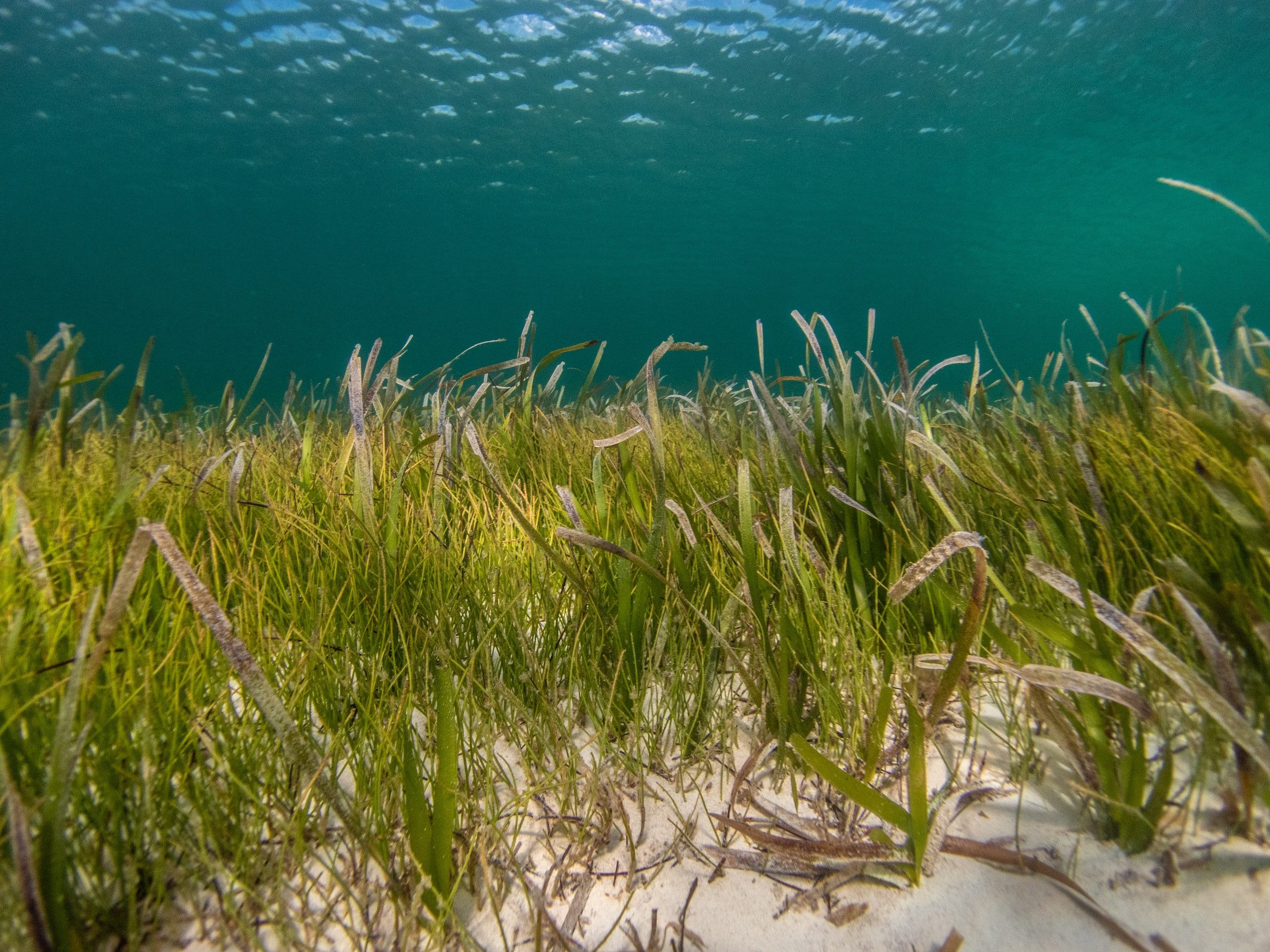NASA Launches Pilot Program to Restore Lagoon Seagrass Beds
Seagrass restoration involves the reestablishment of seagrass meadows, which are important coastal ecosystems composed of flowering plants that grow underwater in shallow marine environments. Seagrass meadows provide numerous ecological benefits, such as serving as nursery habitats for many marine species, improving water quality, stabilizing sediments, and sequestering carbon dioxide.
The Florida Today article discusses a pilot program led by NASA's Kennedy Space Center aimed at restoring seagrass in the Banana River and the broader Indian River Lagoon. The initiative seeks to combat the decline of seagrass caused by poor water quality and algae blooms. The project involves planting a minimum of 28,000 seagrass shoots across 18 sites in three areas around Kennedy Space Center. Each seagrass plot consists of 16 shoots tied to a biodegradable burlap mesh square with floral ties and bamboo skewers. The planting began in March and is set to be completed by the Florida Oceanographic Society. In September, researchers will assess the survival and growth of the seagrass. If successful, these areas could serve as donor sites for relocating seagrass shoots to promote further growth in other locations within the space center's waters and the Indian River Lagoon. The collaboration between NASA and local partners highlights the commitment to seagrass restoration, but acknowledges the challenges and the long road ahead in lagoon restoration efforts.
An In-Depth Look
The area had previously been home to dense seagrass populations but experienced significant losses due to declining water quality and phytoplankton blooms that blocked sunlight. In response, Kennedy Space Center's Environmental Management Branch collaborated with other organizations to develop a lagoon Health Initiative Plan. This plan identified seagrass recovery as a priority due to its ecological importance.
If successful, the planted sites could serve as donor areas for relocating seagrass shoots to promote growth in other areas within Kennedy and along the lagoon. The project demonstrates NASA's commitment to environmental restoration and collaboration with local partners. However, the road to lagoon restoration is acknowledged as challenging and requires ongoing efforts. Kennedy Space Center aims to balance its mission while minimizing environmental impact, with a significant portion of the land left undeveloped to preserve wildlife and habitats.
Overall, the project seeks to restore seagrass populations in the Banana River and contribute to the overall health and conservation of the Indian River Lagoon ecosystem.




